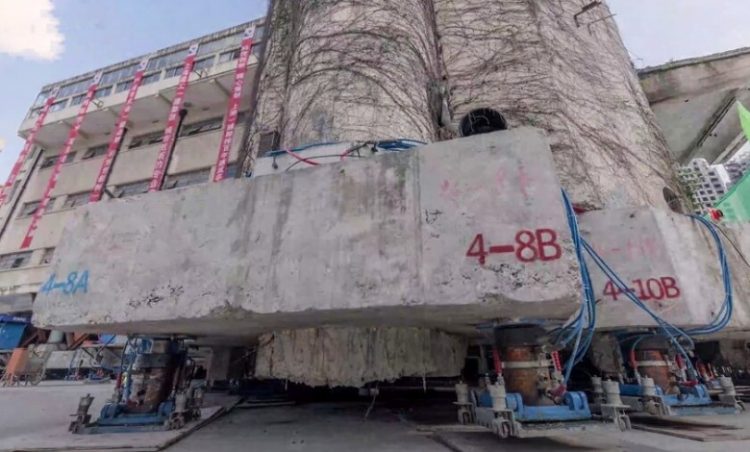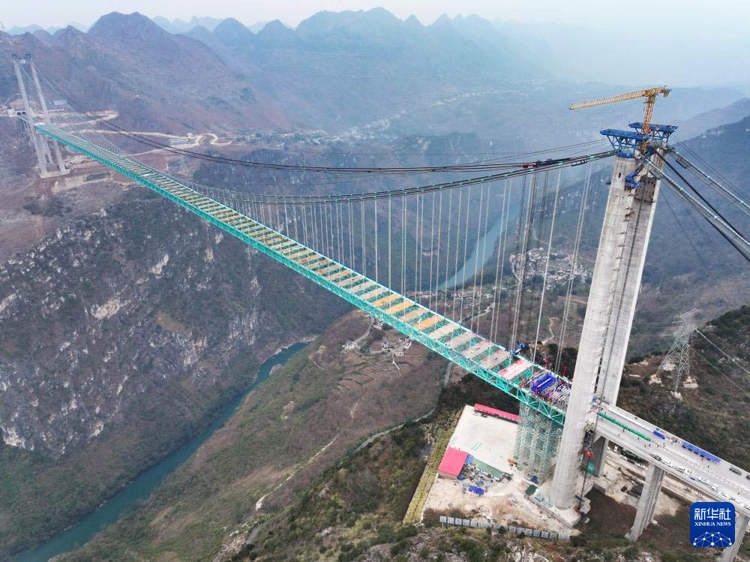Chinese Engineers have successfully moved an 85-year-old historical school building in Shanghai to a new location with the help of 198 robotic legs.
Moving older buildings to make room for new construction projects is nothing new in China, but what makes this particular case interesting is the method used to move the 7,600-tonne building. Usually, side rails or flatbeads are used to relocate structures, but the irregular shape of the Lagena Primary Schoool posed quite a challenge to engineers. After weighing their options, experts opted for an innovative “walking” system made up of 198 hydraulic legs that lifted the giant building and helped it “walk” a total of 62 meters over 18 days.

In an impressive video posted by Hong Kong-based media outlet South China Morning Post, the hydraulic legs can be seen moving one at a time and moving the old school building a few inches at a time. As mentioned before, this was not the world’s first building relocation operation, but it did mark the first use of robotic legs for such a procedure.

Project engineers describe said that the robotic legs “mimic human feet” and that their “walking” function not only looks more impressive than traditional moving methods, but also saves 20 percent more time. Additionally, the legs helped engineers slightly rotate the building and change its orientation by about 20 degrees.

Built in 1935, the Lagena Primary School had to be moved to make room for a new commercial center. Instead of tearing it down, authorities decided to relocate and renovate the old historical building.
“We will transform the school into a building integrating cultural education and intangible heritage preservation, involving both culture and innovation,” said Li Jianfeng, general manager of the project. “We hope to revitalize the old building.”






